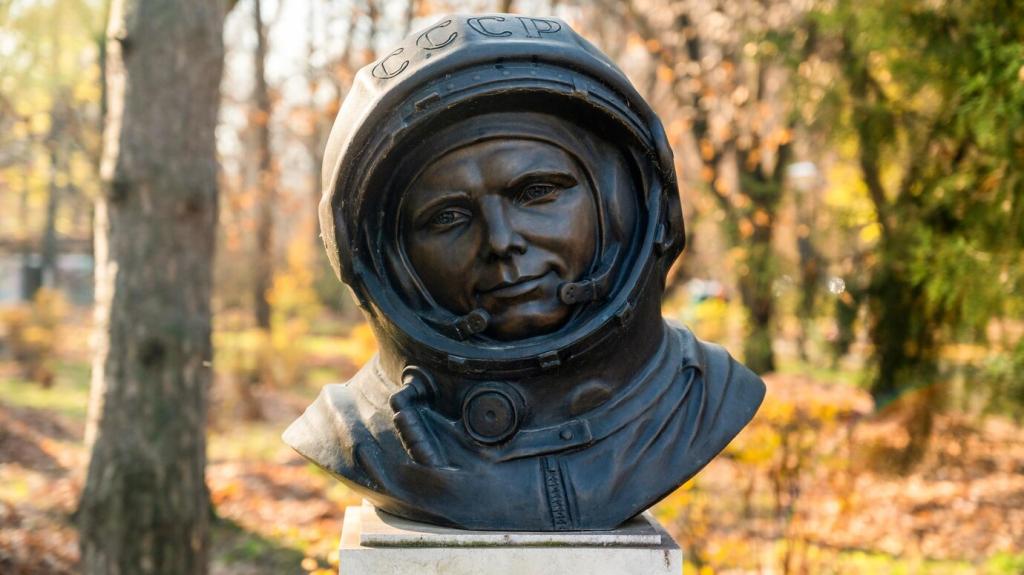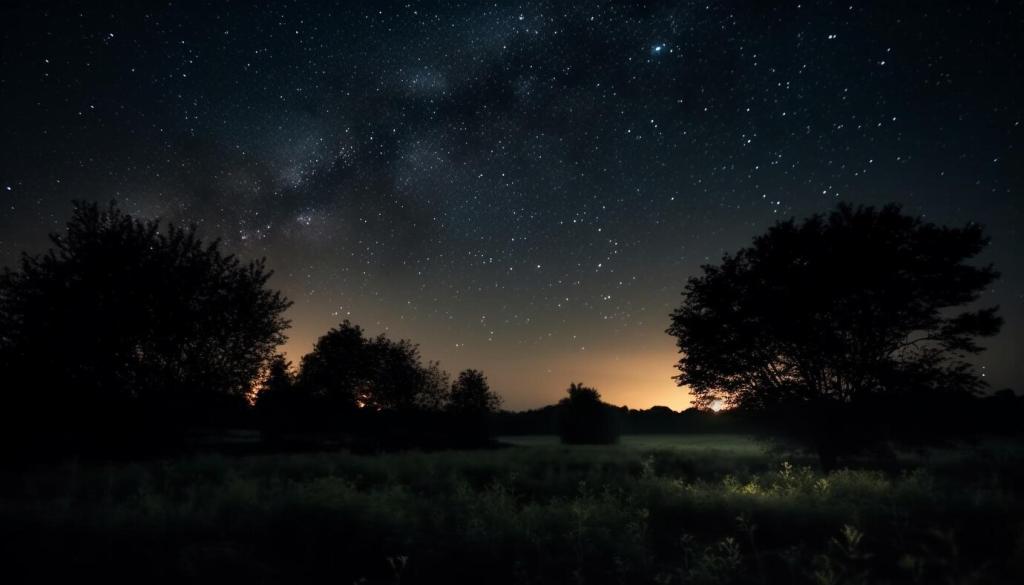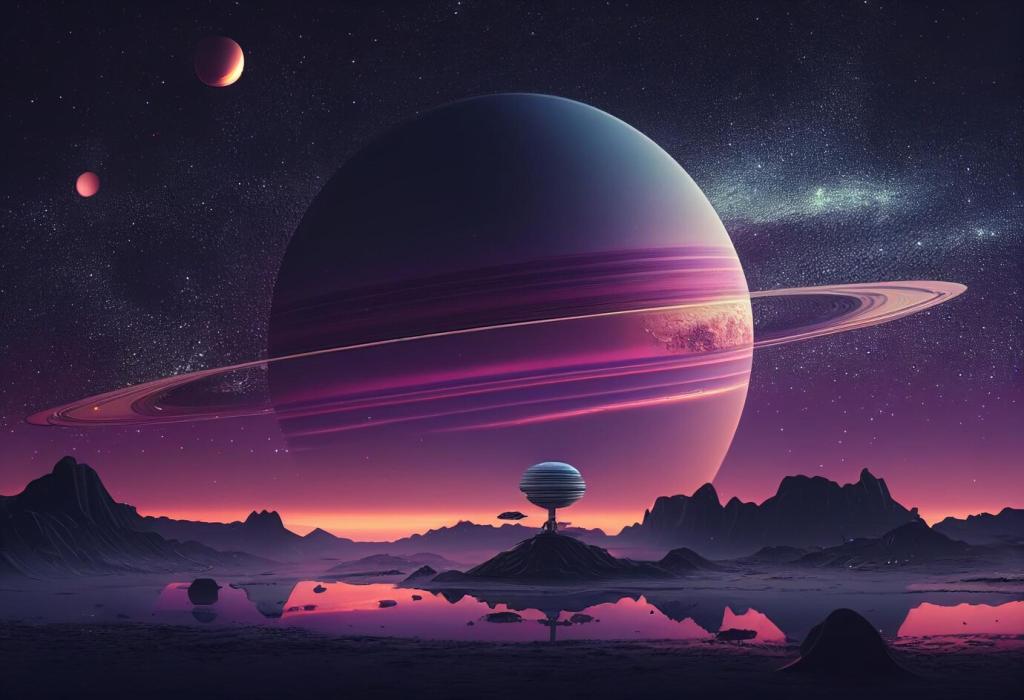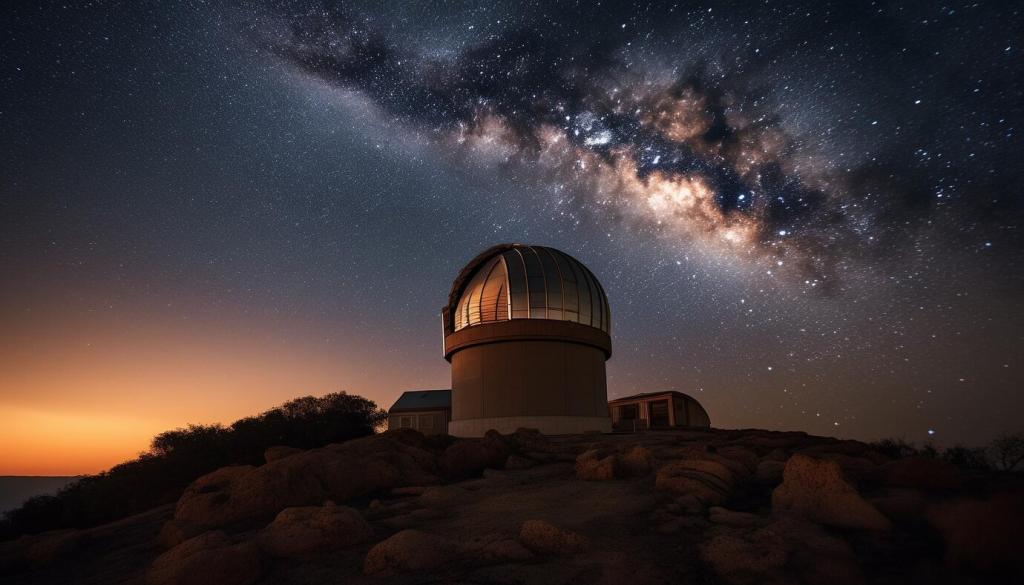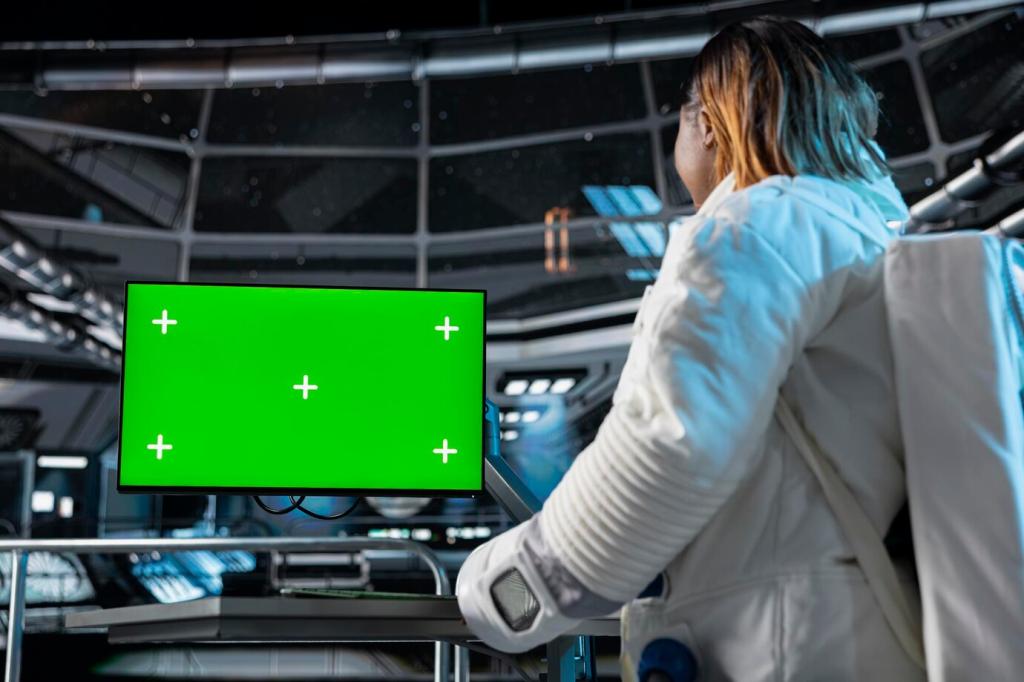Black Holes Nearby: Quiet Giants and Galactic Hearts
Astronomers reported a nearby, inactive black hole candidate in a wide binary—so quiet it hid in plain sight. This kind of system challenges assumptions about how many black holes silently orbit ordinary stars in our galactic backyard.
Black Holes Nearby: Quiet Giants and Galactic Hearts
Monitoring campaigns refined models of our central supermassive black hole’s flickering accretion. Variability across infrared and X-ray bands helped test magnetic turbulence and hot-spot scenarios, anchoring 2023 as a year of steady, disciplined progress rather than splashy headlines.

